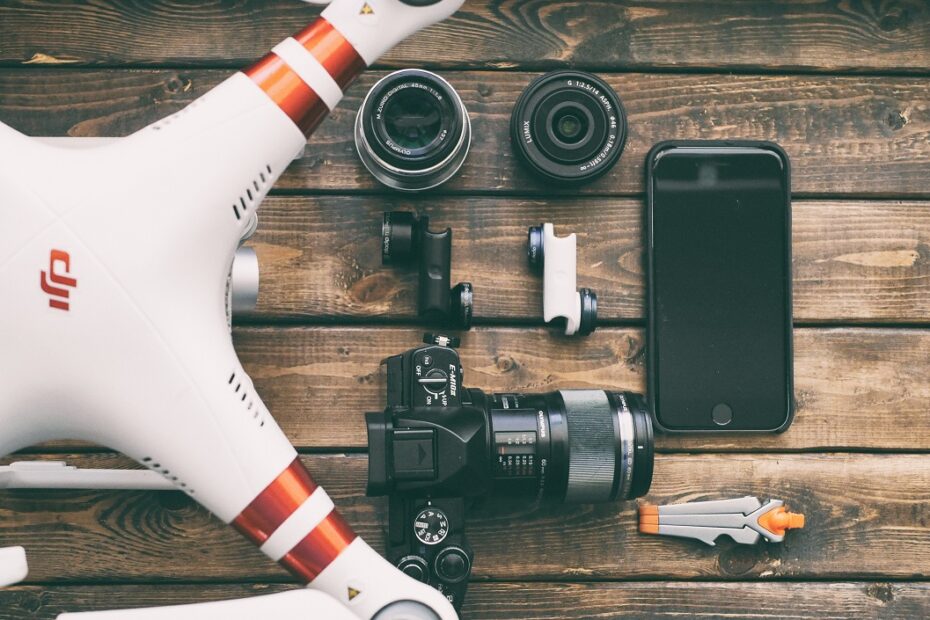Drones have become invaluable tools for capturing stunning aerial imagery, making them essential for photographers and videographers. However, it’s crucial to prioritize safety and maintenance to ensure both the longevity of your equipment and the well-being of the environment. In this guide, we’ll provide you with essential tips for safely operating drones and maintaining your camera gear.
Section 1: Pre-flight Checklist
- Always check for any visible damage or loose parts on your drone before takeoff.
- Verify that the battery is properly secured, charged, and has sufficient power for the intended flight duration.
- Ensure all firmware and software are up to date to avoid potential glitches during flight.
- Confirm that the camera is securely attached and functioning correctly.
Section 2: Choosing the Right Flying Conditions
- Avoid flying in adverse weather conditions such as strong winds, rain, or fog, which can jeopardize both the safety of the drone and the quality of your footage.
- Opt for clear, calm days with mild winds for optimal results.
Section 3: Understanding No-Fly Zones and Regulations
- Familiarize yourself with local regulations and no-fly zones to avoid legal issues and ensure safety.
- Utilize apps and tools that provide real-time information on airspace restrictions.
Section 4: Safe Takeoff and Landing
- Select a clear, open area for takeoff, away from obstacles and people.
- Ensure a stable and level surface for landing to prevent damage to the drone or camera.
Section 5: In-flight Safety Tips
- Maintain visual line of sight with your drone at all times to avoid collisions with other objects or aircraft.
- Maintain a safe distance from people, wildlife, and structures to prevent accidents and respect privacy.
Section 6: Maintaining Your Drone and Camera
- Regularly inspect and clean your drone and camera to remove dirt, debris, and any corrosive materials that may accumulate during flights.
- Follow manufacturer guidelines for storage, especially if the drone won’t be used for an extended period.
Section 7: Battery Care
- Store batteries in a cool, dry place and avoid exposing them to extreme temperatures or direct sunlight.
- Charge and discharge batteries to about 50% if they will not be used for an extended period.
Section 8: Post-flight Checklist
- After each flight, inspect your drone and camera for any damage or issues that may have occurred during the flight.
- Download and back up your footage promptly to avoid loss or corruption of files.
Conclusion
By adhering to these safety and maintenance practices, you can enjoy smooth, worry-free drone flights while ensuring the longevity of your equipment. Remember, prioritizing safety not only protects your investment but also contributes to responsible and ethical drone operation.
Drones in Agriculture: Revolutionizing Farming Practices
Mastering Aerial Cinematography: Electronic Image Stabilization (EIS) in Drones

